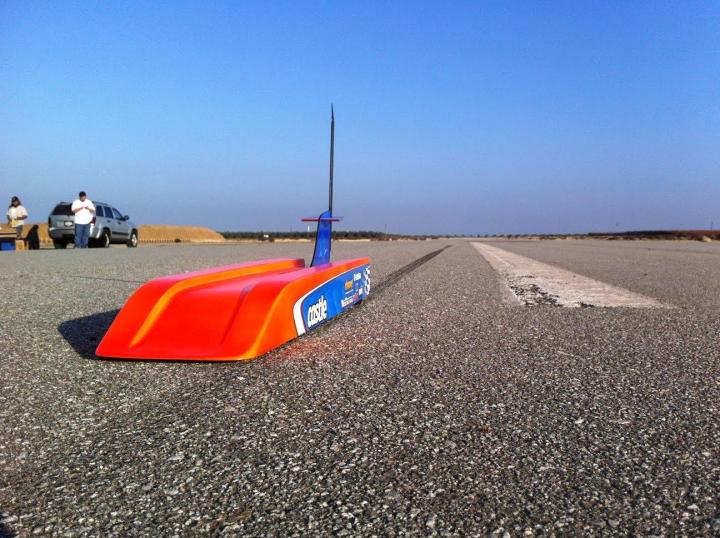
This past week, I took a trip to the beach. And like any good motoring enthusiast, I drove my old Honda out onto the sand. While cruising the shore, an R/C car caught up with me and the guy with the remote control challenged me to a race.
Of course I won the race. But that’s because I wasn’t challenged by the 188 mph R/C Bullet. Created by R/C mastermind Nic Case, the R/C Bullet is faster than anything fired from a gun … well, almost.
The R/C Bullet rightly claims the title of the world’s fastest R/C car. Case has set multiple Guinness world records for R/C cars but 188 mph is his best so far. Judging from the video below, this is one hell of a magic bullet.
I sure wouldn’t want to be the one holding the remote, as R/C cars seem to be notorious for running into people. One little car making a high-speed run of almost 200 mph, might just hurt a little.
Judging from the sound made by the little Bullet, it looks like it just might top 200.


